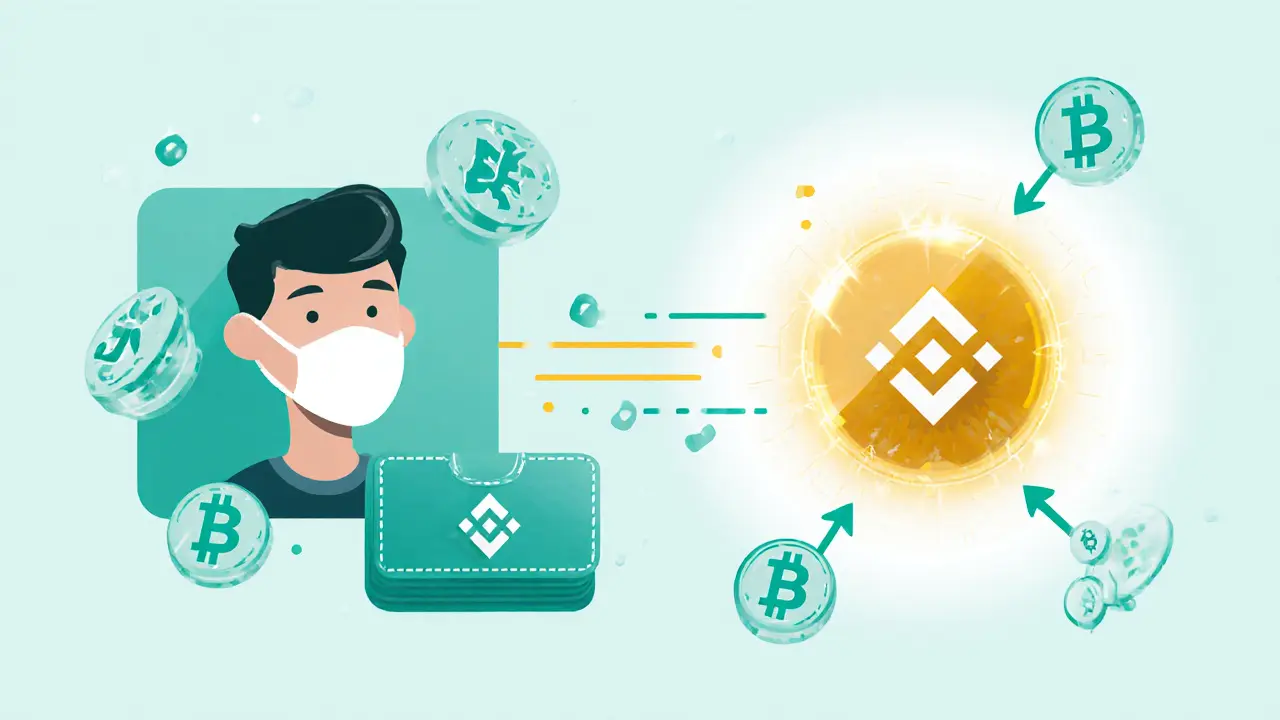Trading Fees Explained: What You Really Pay on Crypto Exchanges
When you trade crypto, trading fees, the small charges exchanges apply every time you buy or sell a digital asset. Also known as transaction fees, these costs aren’t just a formality—they directly impact how much you keep from every trade. Many beginners assume zero-fee platforms like Verse or PancakeSwap V3 are free wins, but that’s not the whole story. Hidden costs like slippage, low liquidity, and token price drops can make a "no fee" exchange cost more than a traditional one with clear, low rates.
Trading fees connect to other key concepts like decentralized exchange, a platform that lets you trade crypto without a central company controlling your money. Also known as DEX, these platforms often charge lower fees than centralized ones—but only if there’s enough trading activity. Without liquidity, your trade might not go through at the price you expect, and you end up paying more in lost value than in actual fees. Then there’s liquidity pools, the funds users lock up to make trading possible on DEXs. Also known as liquidity provision, this is how platforms like Uniswap or Curve keep prices stable and trades fast. If a DEX has thin liquidity, even a 0.1% fee can mean your $1,000 trade moves the market and leaves you with $20 less than you planned.
Some exchanges, like Zeddex or Darkex, claim zero fees but offer almost no trading volume. That’s not a deal—it’s a trap. You can’t trade what isn’t there. Meanwhile, platforms like PancakeSwap V3 on Base or Verse by Bitcoin.com actually deliver low fees because they’re built on fast, cheap blockchains and have real user activity. And don’t forget: your trading strategy matters too. A stop-loss order might save you from a big loss, but if it triggers during a flash crash on a low-liquidity DEX, you could still lose money because the fee isn’t the only cost.
Thailand’s 5-year tax exemption only applies to trades on licensed exchanges—meaning your trading fees are part of your taxable record. In India, a 1% TDS applies to every trade, so even if your exchange charges nothing, the government takes a cut. In Pakistan and Egypt, where people use crypto to dodge inflation, every penny saved on fees means more money in their pockets. And in Nepal, where crypto trades can land you in jail, the fee is the least of your worries—but still, you’d want it to be as low as possible.
What you’ll find below are real reviews of platforms that claim to cut fees, the hidden traps they hide behind those claims, and which ones actually deliver on their promises. No fluff. No hype. Just what you pay, what you get, and what you risk.
Nomiswap Crypto Exchange Review: 0% Fees, Referral Rewards, and What You Need to Know in 2025
Nomiswap is a decentralized exchange offering 0% trading fees through its NMX token cashback system. With a unique binary referral program and high APY farming, it's ideal for users seeking passive income on BSC - but limited token options and slippage risks require caution.
Details +